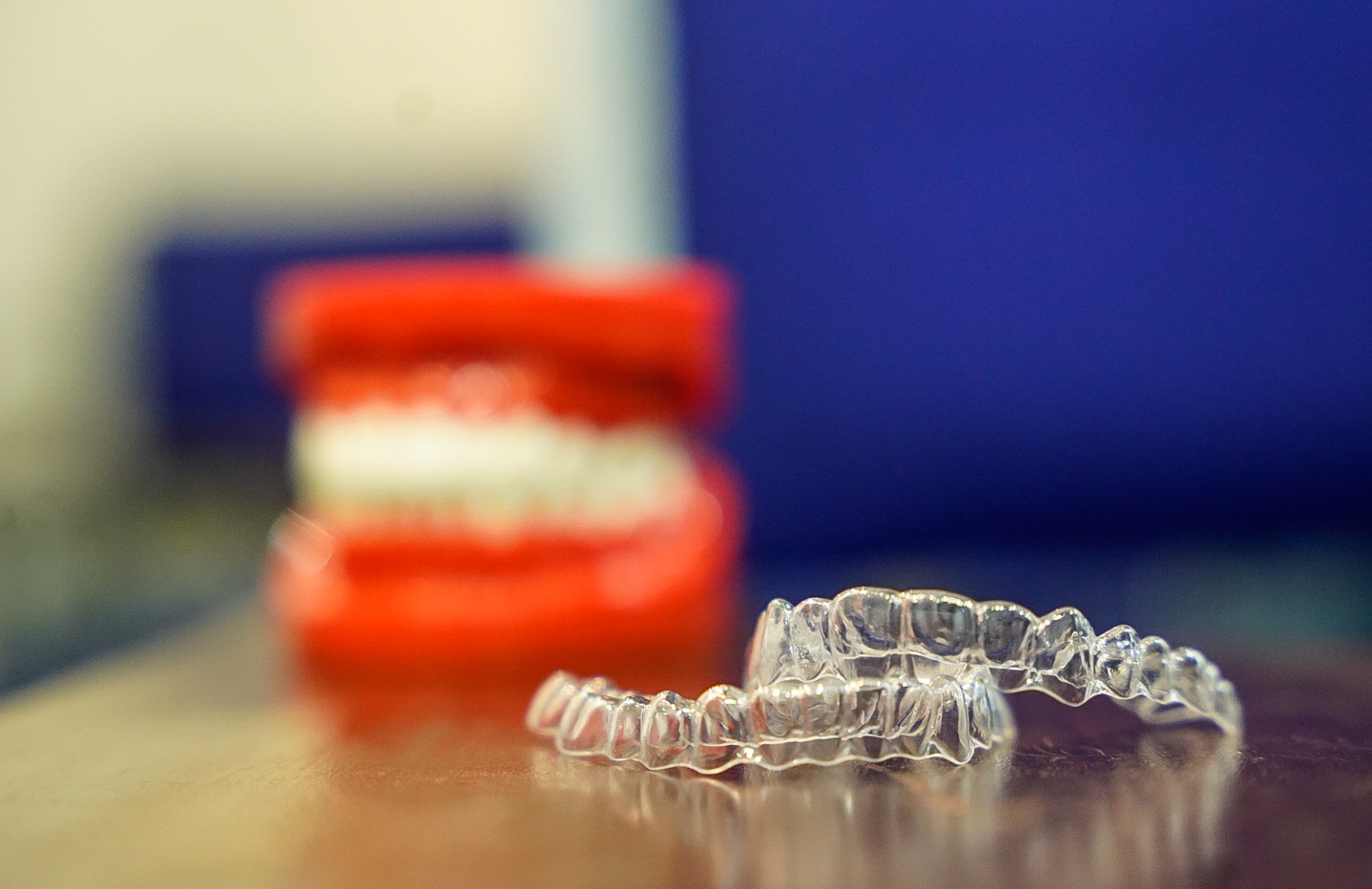Gaps might appear anywhere on your grin. They are especially noticeable when they occur between your top two teeth. When you grin, chat, or eat, the gap gleams. And sometimes, that opening allows fluids to escape your mouth at unexpected times. However, braces can assist in closing gaps between teeth. However, other competing tools can do the job just as effectively, such as crowns, bonding, veneers, and clear aligners. In some cases, these alternative treatments are less expensive and less painful than metal braces. Let’s learn more about braces price in Pakistan and how to close gaps without using braces.
Table of Contents
ToggleWhat Exactly Are Teeth Gaps?
Teeth gaps, or diastema, can form anywhere in the mouth. They are most apparent, though, between the upper front teeth. Teeth gaps can occur in both children and adults. However, teeth gaps in children frequently disappear when their permanent teeth appear. Some gaps are barely visible, while others are more noticeable and might cause issues for some people. It may cause people to feel self-conscious and embarrassed to smile. It can also result in crooked or crowded teeth. Large gaps between front teeth may provide less space for other teeth, causing issues with a person’s bite.
Also Read: How Clear Aligner Treatment Gained Popularity Over Time
What Are the Causes Of Teeth Gaps?
Many factors cause the formation of tooth gaps, including:
Size And Shape Of Teeth And Jaw
The first factor is the size and shape of the teeth and jaw. Teeth gaps are common in people whose teeth are too tiny for their jaw. Since genetics determine the size of your jawbone and teeth, tooth gaps can be handed down from generation to generation.
Poor Habits
As a child, bad habits such as thumb sucking can cause dental gaps. It exerts pressure on the front teeth, causing them to protrude forward.
Speech Problems
In cases of speech problems, tongues tap on teeth. When the muscles touch dead air, such as the area between gapped teeth, harsh consonants, and other sounds are suppressed.
Chewing disorders:
Gaps often indicate that teeth do not align properly, making biting difficult.
Gum Disease
Gum disease is a condition that causes inflammation of the gums and tissues that support the teeth. This might result in tooth loss and gaps between teeth. Gum swelling, bleeding, redness, bone loss, and loose teeth are all signs of gum disease.
Tongue Thrust
Tooth gaps occur in adults and toddlers due to improper swallowing reflexes. Instead of resting on the roof of your mouth, the tongue presses on the front teeth. This is sometimes referred to as tongue pull. While it may appear harmless, it puts too much pressure on the front teeth, causing them to separate.
Also Read: Benefits of Clear Aligners Over Wired Braces
How To Close Teeth Gaps Without Using Braces:
Teeth gaps are usually a concern and may ignore. However, treating them may be advantageous if it boosts a person’s self-esteem. Braces are the most often used method for closing gaps between teeth. Talk to your dentist about your concerns and possible solutions if you don’t want them. Among these may be the following:
Bonding Composite
Small gaps between teeth can be closed by filling them with tooth-colored composite bonding. When done correctly in the appropriate situation, this relatively simple, long-lasting, and non-invasive technique provides outstanding outcomes.
Dental Crowns
Using dental crowns to cover a gap in teeth is only advised if the teeth have been damaged in some way, such as by big fillings, decay, fracture, or extreme wear or erosion. They are designed to fit over a prepared tooth and restore its shape, strength, and look.
Bridges
Dental bridges can fill gaps between your teeth caused by lost teeth. A dental bridge is an artificial tooth that is attached to the teeth on each side of the gap. Dentists may create these false teeth out of various materials, including gold; however, ones made of porcelain blend in the best with natural teeth.
Also Read: Clear aligners Vs Braces: Which One Is Better?
Clear Aligners:
Aligners are clear, thin trays custom-made to suit your teeth’ shape. They, like braces, are intended to reposition teeth to close gaps and enhance alignment. Unlike metal braces, a clear aligner is removable and must be replaced by the patient. However, aligners have several advantages over metal braces. They make eating, brushing, and flossing more effortless, and food does not stick to them. They don’t have loose wires or brackets, so they require less maintenance and visits to the dentist.
If you have a gap in your teeth and would like to discuss your treatment options, please contact us at ClearPath today to start your journey to regaining your smile.











